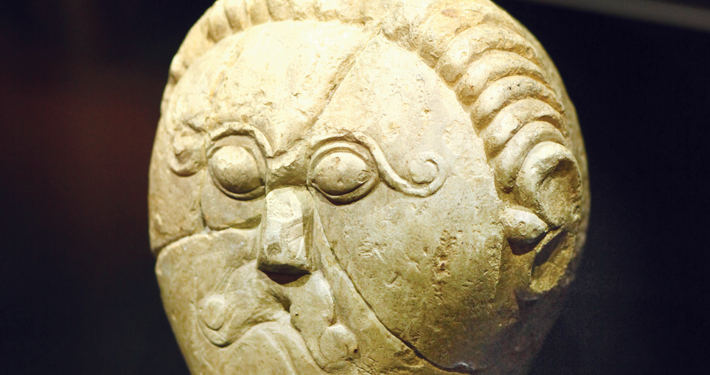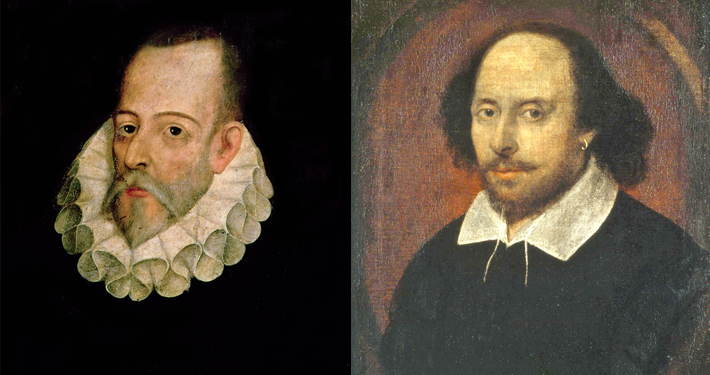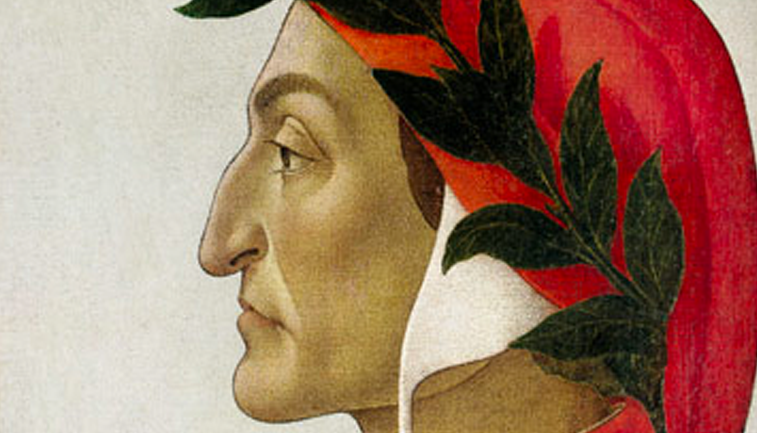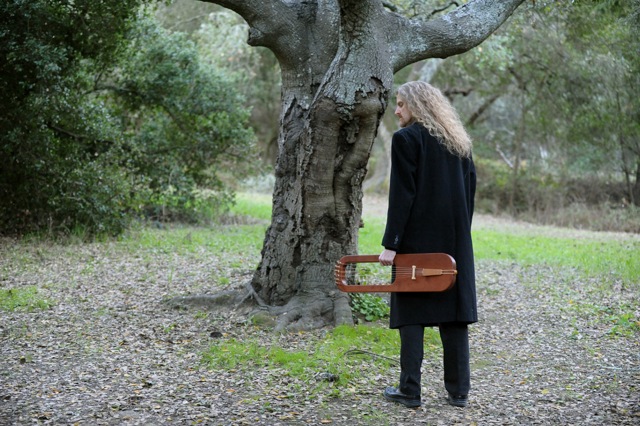From Galatia in modern Turkey to Galicia in northwest Spain, Celtic peoples dominated pre-Roman Europe, a Celtic past evoked in such place names as Paris, Vienna, and Edinburgh. Celtic culture outlasted Roman military rule and generated a rich archive of art (metal and textiles), religious and cultural traditions, and legends that inspired epic and lyric poetry in Europe’s successor languages. Some Celtic polities (Wales, Brittany) were absorbed into larger national units only in the late medieval period, and Celtic cultural identity remains strong wherever Celtic languages are spoken.
The “Romantic Nationalism” of the 18th and 19th centuries rediscovered Europe’s Celtic past and is the spiritual ancestor of contemporary independence movements (Scotland, Catalonia) that look to early modern Europe’s smaller polities. Since the 18th century Celtic musical and literary contributions to the European culture have been notable—from Thomas Moore, the Bard of Erin, to Seamus Heaney.
In collaboration with the UC Celtic Colloquium and the UC Berkeley Celtic Studies Program
Friday, May 6, 2016, 7:30-9:30 pm
The Celtic World / Daniel Melia (UC Berkeley). Did the druids really burn people in giant wicker statues? Did the Celts worship a mother-goddess? Did they worship trees? Did the Celts build Stonehenge? Was Britain Rome’s Vietnam? Who were these Celts anyway (or were they Kelts)? Where did they come from? And how do we know about them, since they left no substantial written records before the introduction of Christianity in the late Roman Empire? Fortunately, the combination of historical records from the Classical world, modern archaeology, and the discipline of historical linguistics allows us to present a surprisingly full picture of the history of Celtic languages and culture in Europe, though, to be sure, many areas of controversy still remain.
Performance: Patrick Ball presents O’Carolan’s Farewell to Music. Ireland in the 17th and 18th centuries was a troubled, tumultuous place. The old Gaelic order had been shattered by the English, and the poets, the bards and the harp players were set walking the roads. Yet, this dark period of Irish history produced a Celtic harper and composer of such brilliance, grace and character that he is, to this day, regarded as his country’s greatest and most beloved musician—Turlough O’Carolan. Conceived and performed by Patrick Ball, and written by Patrick Ball and Peter Glazer, this one-person musical theater piece brings to the stage the legendary life, the turbulent times and the captivating music of this most celebrated Irish artist.
Saturday, May 7, 2016, 10:00 am-4:00 pm
Celtic Storytellers and their ‘Bag of Tricks’ Through the Ages / Joseph Falaky Nagy (UCLA). Nagy highlights some of the persistent and recurring themes, story patterns, and narrative motifs to be found in medieval Irish and Welsh storytelling, from the middle of the first millennium CE to recent times. Among these story elements with their special Celtic “twists,” some also to be found disseminated throughout Western European literature of the Middle Ages, are the quest, the love triangle, and serial shape-shifting. Nagy will briefly survey the heroic sagas of the so-called Ulster cycle, some early British reflections of Arthurian legend, and the symbiosis of storyteller and hero in Irish and Scottish Gaelic folktales. Consideration will also be given to the functions of storytelling in Celtic cultures.
From Cats to Rattlebags: Medieval Celtic Scribes and Their Books / Elaine Treharne (Stanford). Many significant manuscripts in Latin, Irish, Welsh and Cornish exist from the Medieval period (c. 600-1500). From The Mabinogion to sermons, drama to great national myths, these manuscripts reveal a great deal about the scribes and artists who produced them. The skill and humor, veneration and scurrilousness of insular authors is found in these glorious writings, connecting the present to the past, and bringing to life the things that mattered most to our Celtic predecessors.
Making Celtic Art: Materials and Meaning from the Iron Age to the Internet / Karen Eileen Overbey (Tufts University). How did Iron Age craftsmen fashion intricate gold torcs and richly decorated battle gear – and why did Celtic warriors wear them? What technologies did the Celts use to create the spirals, animal forms, and rich decoration we still recognize (and recreate) today? How and why did medieval Irish artists adapt interlace, triskeles, and other “Celtic” patterns in manuscripts, stone crosses, and metalwork? What do the materials and motifs of Celtic art across the ages tell us about the people that used them? This lecture focuses on the Insular Celts, the medieval Gaelic culture of Ireland, the Irish Celtic Revival of the 19th and 20th centuries, and the modern Celts of the digital age – and explores the role of making in Celtic art across the ages.
The Celts in Modernist and Contemporary Irish Literature / Catherine Flynn (UC Berkeley). From W.B. Yeats’ visionary Celtic Twilight to James Joyce’s taunting “cultic twalette,” Professor Flynn’s lecture examines strikingly different representations of the Celts in Irish literature in the 19th and 20th centuries. As Irish writers from Yeats to Nuala Ní Dhomhnaill and Seamus Heaney struggle to form an ethos, a national identity and an aesthetics in a shifting political, social and economic landscape, the Celts are reimagined as mystics, craftsmen, hags, and bog bodies. These Celtic figures allow us to understand these writers’ changing moods and ambitions as they emulate, mock, dig up and speak to a reanimated past.
Panel Discussion with the Presenters
4 pm Conclusion



